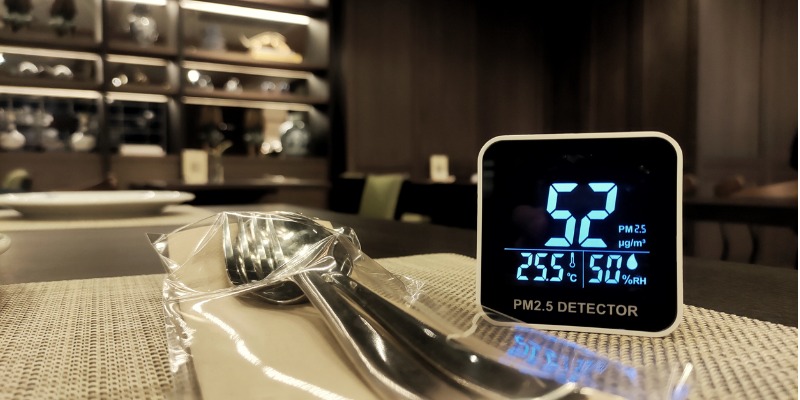Pollution is prevalent in most areas of the world. But the level of pollution varies depending on where you live. Luckily, Kingston air quality isn’t the worst, but it’s not risk-free. Poor air quality can lead to asthma and allergies, among other respiratory diseases.
But what determines outdoor air quality, and at what air quality level should you not go outside? Here’s what you should know.
Air Quality Index in Kingston
The air quality index (AQI) is a unit for measuring air quality standards and limits. This index measures air quality from 0 to 500. Below is a description of various levels of AQI measurements.
- 0 to 50 – represents good air quality with little to no risk.
- 51 to 100 – represents satisfactory air quality with some risks to people sensitive to air pollution.
- From 300 and above – represent a hazardous situation or an emergency. At this air quality, you shouldn’t go outside.
The overall air quality index in Kingston is usually around 30. Although this quality varies with time, it’s generally good because it’s less than 50. The indoor air quality in Kingston varies depending on how close you are to industries and heavy traffic roads.
Causes of Poor Indoor Air Quality
The causes of air pollution in Kingston are fine particulate matter (PM2.5), nitrogen dioxide (NO2), and ozone (O3). PM2.5 are tiny airborne particles that can reduce visibility in high concentrations. They come from dust on unpaved roads, construction sites, fields, and fire.
Fine particulate matters contain microscopic solid materials that can cause harm when inhaled. Particles with less than 2.5 micrometres in diameter pose the greatest health risk.
Ground-level ozone (O3) comes from chemical reactions between volatile organic compounds and nitrogen oxide. Sources of ozone and nitrogen dioxide include automobiles, chemical plants, and power plants, among other industries. When these pollutants react under the presence of sunlight, they create ozone. Breathing ground-level ozone can cause lung problems, chest pain, and throat irritation.
Air pollution from the outdoors often finds its way indoors. In addition, the indoor air quality may deteriorate due to excess moisture, personal care products, use of tobacco, and fuel combustion. Indoor air pollution can also come from volatile organic compounds, which include;
-
- Cleaning agents
- Disinfectants
- Fresheners
- Dehumidifiers
Interested in finding out how to improve the air quality of your home? Reach out to our team today and we would be happy to help!
How to Measure Air Pollution at Home
It’s easy to assume there’s no indoor air pollution in your home since most pollutants are invisible. But this is not the case; you can’t see microscopic pollutants. If you’re wondering how to test indoor air quality, the answer is a VOC sensor.
A volatile organic compound (VOC) sensor can detect the level of certain gases in the room. If the level of pollutants increases, you’ll be able to know and take appropriate measures to mitigate any risks.
How Can We Prevent Indoor Air Pollution?
Some people prefer to open doors and windows to allow fresh air into the house. However, this can be risky as it allows outdoor pollutants get into the house. It can also make your home too cold during winter. So, the best solution is to use air purifiers.
Portable air cleaners and whole-home HVAC air purifiers can help minimize indoor air pollution. These air cleaners may not remove all pollutants, but they can significantly improve indoor air quality.
Are you looking to get more information about the air quality in your home and how to improve it? Look no further! Contact the HVAC experts at Dows ClimateCare today!






